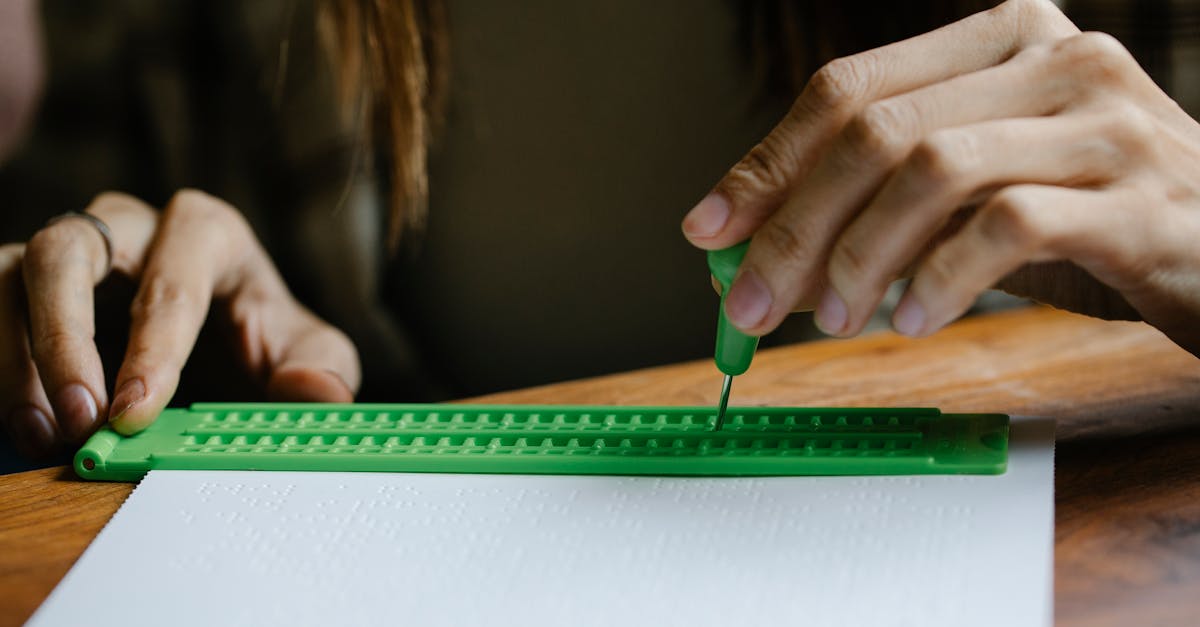Why Teach Your Baby Sign Language?
Why teach your baby sign language? It’s a question many parents ask. Well, imagine your little one telling you they need ‘milk’ or want ‘more’ without uttering a sound! It’s magical and truly aids in communication before they can speak. Studies show it reduces frustration for both babies and parents. Plus, it’s an excellent way to bond with your child. Trust me, seeing your baby’s face light up as they successfully communicate is one of the most rewarding experiences.

Getting Started with Baby Sign Language
Getting started with baby sign language is a breeze. Begin with basic signs for everyday needs: ‘milk,’ ‘eat,’ and ‘more.’ Repetition is key. Use the signs each time you say the word and perform the action. For instance, when you offer milk, sign ‘milk’ while saying the word. Consistency is crucial. Just as with any language, frequent practice helps. If possible, involve everyone who cares for your baby, so they stay consistent too.

Common Baby Signs
Common baby signs are easy and intuitive. Start with ‘milk’ by opening and closing your fist, like you’re milking a cow. For ‘more,’ bring your fingertips together repeatedly. ‘Finished’ is done by shaking your hands. These are a few of the basics. Gradually, you can introduce other signs based on your baby’s growing vocabulary and interests. Keep it fun and stress-free. Remember, babies learn through play!

When to Start Signing
You might wonder, when is the perfect time to start signing? Babies are capable of understanding signs as early as six months old. However, don’t fret if your child is older; it’s never too late to start. Consistency and patience are your best friends here. The more you sign, the quicker your baby will pick it up. Every child’s pace is unique, so celebrate small victories and stay positive!

Emotional Challenges and Solutions
Navigating emotional challenges as you introduce baby sign language can be tricky. It’s normal to feel frustrated if your baby doesn’t sign back immediately. Keep in mind they’re learning a new skill. Celebrate their efforts, however small.
Create a positive environment – clap and cheer when they try. Stay patient and keep practicing. Remember, the journey is as important as the outcome. You’re building a foundation for better communication.

Interactive Practice Ideas
Interactive practice ideas make learning more enjoyable. Turn signing into fun games. For example, play peekaboo and incorporate signs like hello or love. During bath time, use signs like water and wash. Reading together? Sign words from the book. These activities reinforce their memory and make learning feel like playtime.
Family sign-along songs are also a hit. Everyone gets involved, making it a joyous experience.

Your Baby is Signing Back!
Finally, your baby is signing back! Celebrate this milestone with joy and pride. Seeing your child use signs effectively is heartwarming and validating. Share your success stories with friends and family. Encourage their use in various settings – at home, in the park, or at daycare. The more your baby uses their signs, the better they’ll get. Cherish these moments and continue expanding their signing vocabulary.

